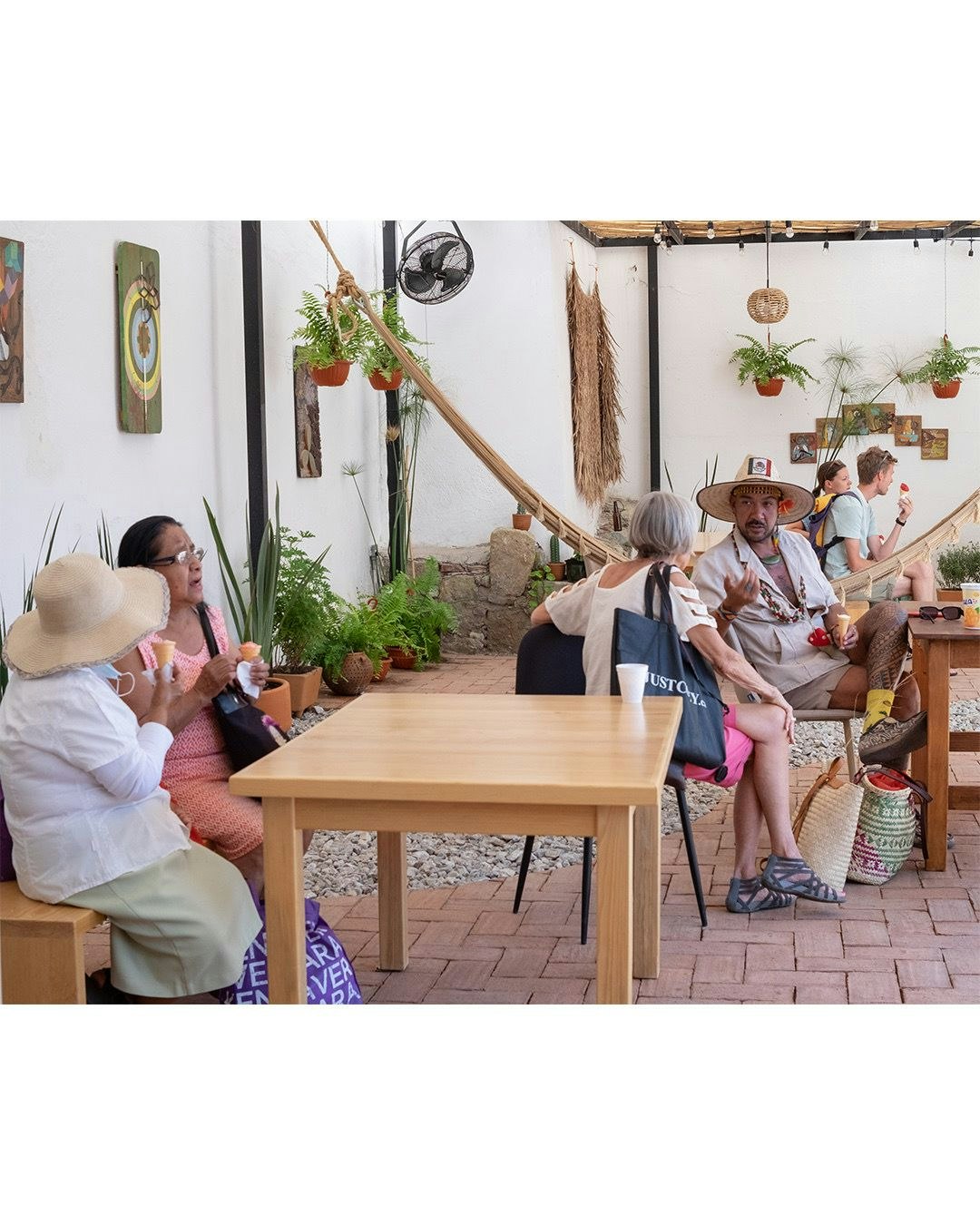Day of the Samaritan


The Día de la Samaritana (Day of the Samaritan Woman) is a tradition celebrated in Oaxaca on the fourth Friday of Lent, three weeks before Good Friday (the day of Jesus' crucifixion). The celebration represents the biblical passage that relates the occasion when, after a long walk under the sun on the path from Judea to Galilee, Jesus approached a woman from Samaria who was drawing water from a well, and asked her for some to quench his thirst. From that exchange between the Jew and the woman comes the popular saying “to be a good Samaritan.”
In the Verde Antequera it is customary to decorate the facades with bougainvillea flowers, which are characteristic of the region; this traditional ornamentation gives this festivity a colorful and picturesque atmosphere. There are also reeds decorated with flowers and arranged in the shape of an arch, representing a water well.
The preparations to celebrate the Day of the Samaritan Woman in Gubixi began by covering the reed sticks with bougainvillea flowers to create the characteristic arches of the celebration; likewise, the entrances were adorned with floral arrangements to invite people to enter and get to know the space. We offered aguas frescas (fresh drinks) of chilacayota, horchata and guanábanas, and of course, the traditional ice creams of Teotitlán del valle: tuna (prickly pear) and leche quemada (burnt milk).
One of the characteristic flavors of the drinks offered to passers-by who walk the streets of Oaxaca is the horchata accompanied by tuna ice-cream, prepared with ground rice, cinnamon, sugar, and often accompanied with a piece of melon and bits of ground walnuts. Chilacayota, on the other hand, is a type of sweet pumpkin that, after being boiled with pinole, is complemented with pineapple chunks and lemon zest; the resulting drink is characterized by a delicious combination of pulp and seeds that offer a distinctive flavor to the palate. Guanábana water is another typical element, made from the pulp of this tropical fruit that grows on the coast of Oaxaca and is light and refreshing by itself.
Tuna and leche quemada are two of the most distinctive flavors of the state of Oaxaca. The first is the result of the pricly pear, a fruit that sprouts from cactus plants and identified by its red pulp and black seeds that, when in contact with the senses, offer a viscous texture and a sweet and sour flavor. As for the second, it is a preparation that originally arose from an accidental overheating of milk; it feels on the tongue as a caramelized sweet, light and very traditional taste of Oaxaca.
It is important to keep the tradition of the Day of the Samaritan alive, because more than just offering water to quench thirst, it is about sharing with the community and encouraging generosity in everyone.
In the staff, we had the hands of Alicia and Emilio filling the space with flowers, decorating the reeds with bougainvilleas for the arches so that the space was ready to receive the passers-by. During the event, the staff wore pink shirts and black pants, which contrasted with the building and the flowers. The event started around 3 pm, and around 6 pm we said goodbye to the last people who came to the celebration. Throughout that festive day, we received about a hundred people.
Some of the attendees showed interest in the place, as it was their first visit; a few others asked for information about the Cowork Space and a few more inquired about upcoming events. In the end, we received favorable feedback about the event and the coworking space, as well as positive comments about the aguas frescas and the traditional nieves.